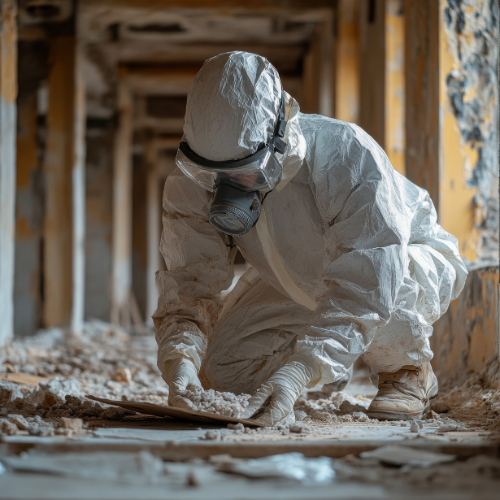We have previously written that survival rates are low among mesothelioma patients. In some respects, this is to be expected, as mesothelioma is a type of cancer. But compared to some other types of cancer, mesothelioma is particularly deadly because it is typically diagnosed only after it reaches its later stages. By then, treatments are largely ineffective.
Why is diagnosis so often delayed? There are two main reasons for this. The first is that mesothelioma may develop very slowly over a period of decades after being exposed to asbestos. Patients may not be exhibiting or feeling symptoms as it develops. The second reason is that the symptoms associated with mesothelioma can easily be attributed to other conditions.
Of all types of the disease, pleural mesothelioma (surrounding the lungs) is the most common. According to the Mayo Clinic, individuals suffering from pleural mesothelioma (often in the late stages) can experience:
- Unusual tissue lumps underneath the skin on your chest
- Weight loss with no discernible cause
- Painful coughing spells
- Pain in your chest, underneath the rib cage
- Shortness of breath
These symptoms are common to many ailments. Indeed, some can just be signs of getting older. Because these are not telltale symptoms, a person may not think to get checked for mesothelioma. They may not even bother to make an appointment with their doctor.
By the time that mesothelioma is suspected and detected, the patient may already be in stage III or stage IV. The cancer may have spread to other parts of the body.
If you know or suspect that you have been exposed to asbestos at work or in some other capacity, please inform your doctor, who may recommend periodic screenings as you age.














